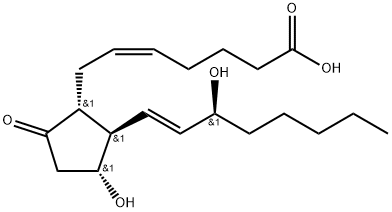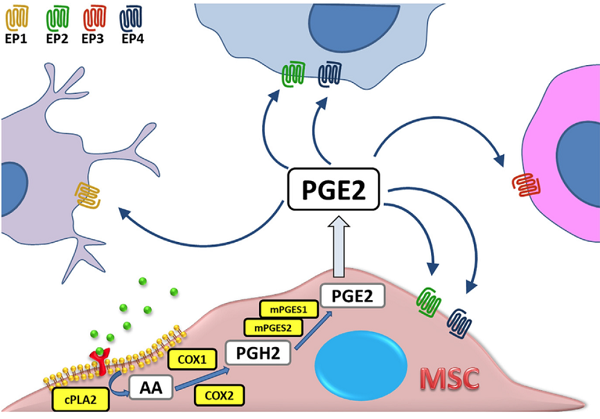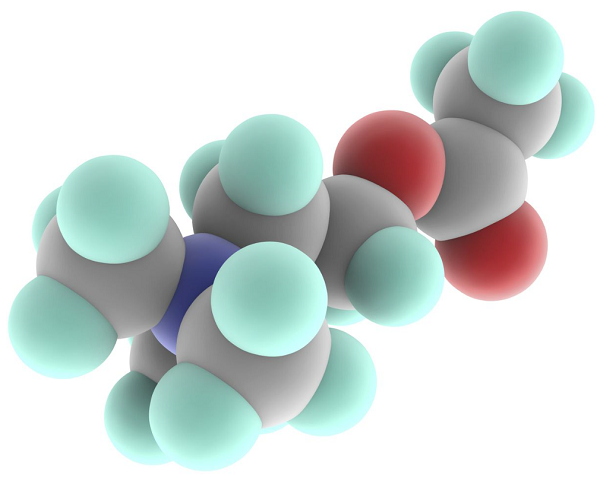The Synthesis process of Prostaglandin E2
Introduction
In 1962, Swedish biochemist Sune Bergström, another Nobel laureate, and his co-workers identified prostaglandin E2 (PGE2) in the seminal vesicle tissue of sheep. PGE2 has several medical uses, primarily during childbirth and in newborns. The US Food and Drug Administration approved its use in 1977; the uses include inducing labour, preventing postpartum bleeding, and keeping the ductus arteriosus closed in babies with congenital heart defects.
Biological function
Prostaglandin E2 (PGE2), a principal mediator of inflammation, plays a critical role in cervical ripening. In the preterm cervix, 15-hydroxyprostaglandin dehydrogenase (HPGD) is highly expressed, repressing tissue PGE2 levels by converting PGE2 to inactive 15-keto PGE2. When term approaches, up-regulation of PTGS2 and down-regulation of HPGE concomitantly occur, increasing the local concentration of PGE2 in the cervix. PGE2 has been used as an effective medication to induce cervical ripening and labour.
Synthesis process
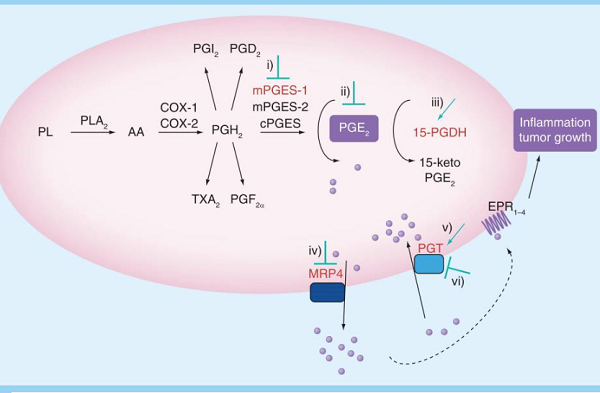
In PGE2 synthesis, prostaglandin E2 synthase (PGES) is responsible for converting prostaglandin H2 (PGH2) to PGE2. There are three isoforms of PGES: cytosolic PGES (cPGES), microsomal PGES (mPGES)-1, and mPGES-2. The prostaglandin E2 synthesis pathway. PGE2 is synthesized in three steps. First, Phospholipase A2 isoforms promote the cleavage of Arachidonic acid from Phospholipids. Then, Arachidonic acid is converted to the unstable intermediate Prostaglandin endoperoxide by the Cyclooxygenases. In the final step, terminal PGESs isomerize Prostaglandin endoperoxide into PGE2.
You may like
Related articles And Qustion
See also
Lastest Price from Prostaglandin E2 manufacturers

US $0.00/kg2025-03-03
- CAS:
- 363-24-6
- Min. Order:
- 1kg
- Purity:
- 98%
- Supply Ability:
- 10000KGS
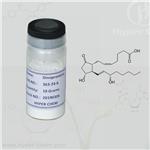
US $350.00-250.00/Gram2024-11-01
- CAS:
- 363-24-6
- Min. Order:
- 1Gram
- Purity:
- USP
- Supply Ability:
- 1kg
